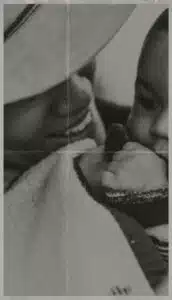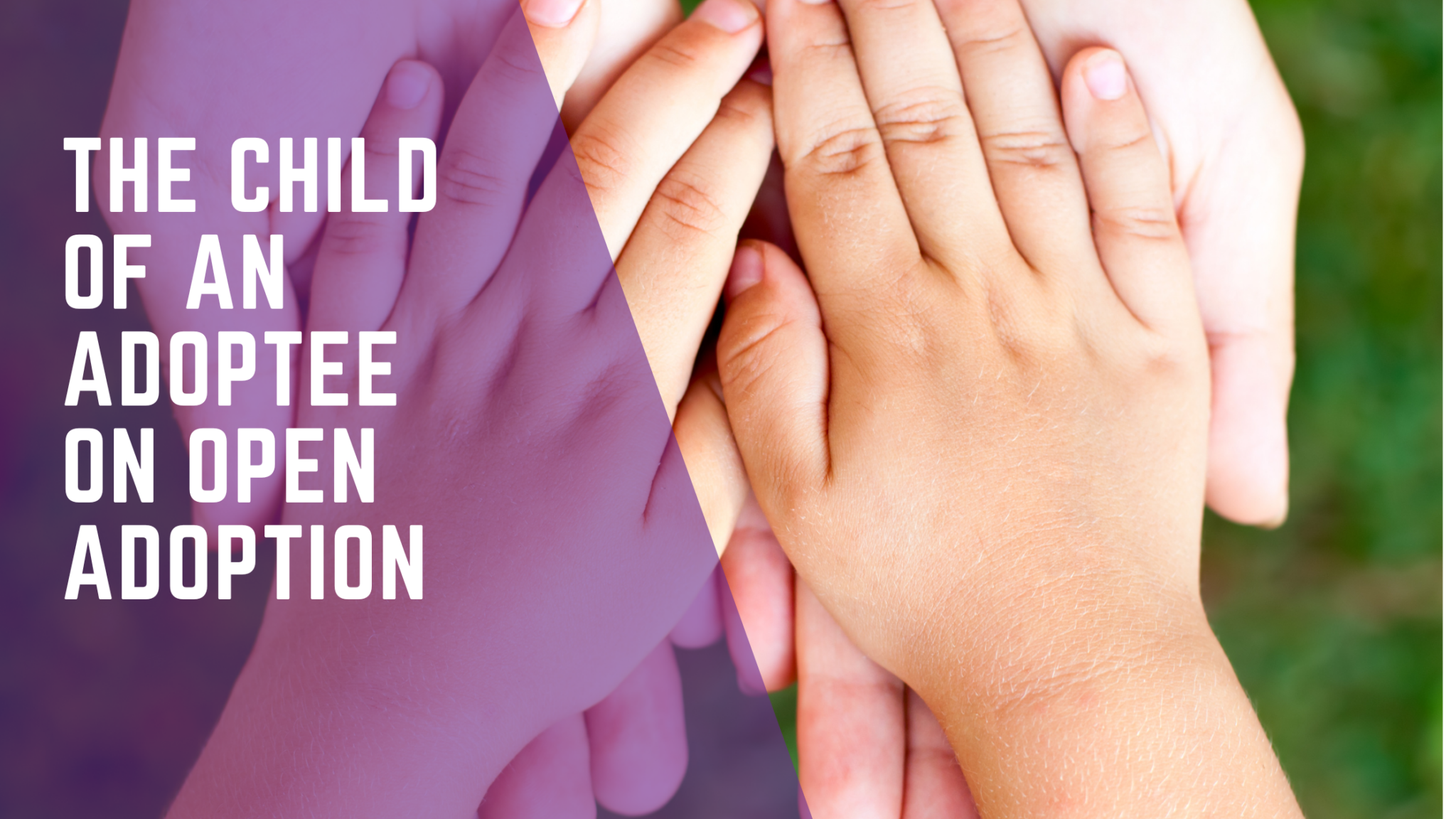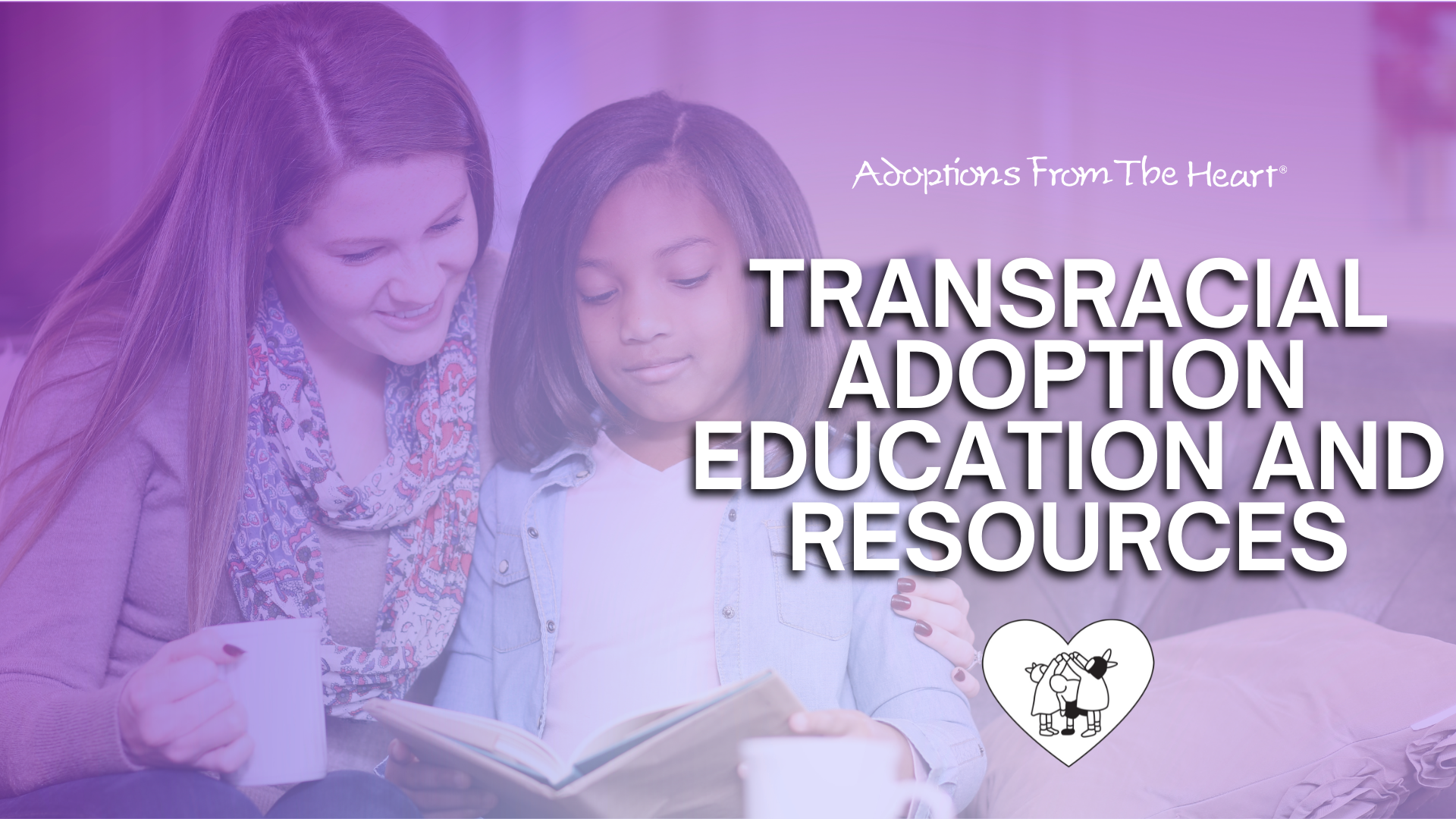 Today, more than half of adoptions in the U.S. are open. Within recent years, open adoption has become the most favorable method of adoption. It allows birth parents to have relationships and open communication with their child and adoptive family. In most cases, this is a great way to create and sustain long-lasting relationships for the benefit of everyone, especially the children. Let’s dive into The History Behind Open Adoption.
Today, more than half of adoptions in the U.S. are open. Within recent years, open adoption has become the most favorable method of adoption. It allows birth parents to have relationships and open communication with their child and adoptive family. In most cases, this is a great way to create and sustain long-lasting relationships for the benefit of everyone, especially the children. Let’s dive into The History Behind Open Adoption.
Open adoption has grown to be the most widespread adoption method, given it allows adoptees the opportunity to know where they come from. However, it has not always been this way. Until 50 years ago, nearly all adoptions were closed, meaning no information or contact was exchanged between the birth parents, adoptive parents, or the child. Birth parents were not able to choose their adoptive family either. Typically, in a closed adoption, the files of the biological parents are physically sealed and put away. For several decades, closed adoption was recommended when placing a baby because it was thought to create a blank slate. Only, it proved to cause more harm than good as the adoptees grew older and started piecing the puzzles together. It was not until the adoption boom of 1970 that this was doubted.
In 1970, adoption reached an extreme height of 175,00 adoptions in just one year. Adoption was quickly becoming accepted by society, but as the number of adoptees increased, so did curiosity.
As adoptive children grew older, many wanted the answers to their questions of identity and history. Many adoptive children, birth parents, and adoption organizations began to advocate for open adoption, protesting for the birth parent’s right to choose their adoptive family. Back then, families were chosen by the agency or prospective families. However, much like AFTH’s Founder and President Maxine Chalker, over the years, many agencies felt it not morally correct to play ‘God.’ Eventually, state lawmakers began passing legislation for a push in the progression of open adoption.

Fast forward to the present day. Open adoption is the most popular choice, as many agencies practice this method of adoption planning. It allows placed children the opportunity to have a special relationship with their birth parents and know their biological history. Birth parents can choose the perfect family and still have communication with the child. Adoptive parents can also maintain a relationship with the birth parents and keep open contact as the child grows up.
It is important to recognize the history of open adoption and how far the adoption world has come. Over time, adoption has bloomed into a beautiful, brave experience. It can be complex and hard at times, but remembering the past can make us inspired for the future.
For more information on our agency’s history as the first open-adoption agency on the east coast, visit our website and tune into our web series, AFTHtv, where we discuss all things adoption such as client stories, professional experiences and why/how our agency came to be who we are today.



